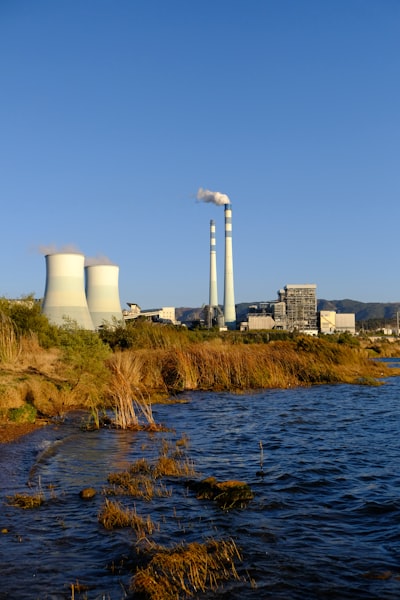In recent news, reports have emerged of a nuclear power plant in the United States leaking over 4 tons of cooling water in 2023. While such events raise alarms, they also spark critical conversations about nuclear safety, environmental risks, and transparency in energy sectors. In this article, we explore the broader implications and answer pressing questions on nuclear water leaks, radiation, and what it means for local communities.
Understanding Nuclear Power Plant Cooling Water Leaks
What is a nuclear cooling water leak? Nuclear reactors rely on large volumes of water to keep radioactive materials at safe temperatures. When cooling water escapes containment, it can pose environmental and safety hazards, even if the water itself may not be highly radioactive.
Keywords: nuclear power plant leak, cooling water, radioactive contamination, nuclear safety, environmental impact, US nuclear incident 2023
Environmental Impact and Public Health Concerns
- Is the leaked water radioactive? While not all cooling water contains significant radioactivity, leaks may lead to contamination depending on proximity to nuclear fuel.
- Impact on local ecosystems: Released water can affect soil, groundwater, and local wildlife. Ongoing monitoring is key.
- Public health risks: If radioactive elements are present, communities could be exposed through drinking water or agricultural products.
Nuclear Regulatory Response and Industry Transparency
The US Nuclear Regulatory Commission (NRC) mandates strict reporting of leaks and oversight of plant operations. Following any incident, inspections increase, and remediation efforts begin promptly. Still, the incident has reignited calls for:
- Improved transparency from plant operators
- Quicker public notifications
- Accelerated infrastructure improvements to prevent future leaks
How Often Do Nuclear Leaks Happen?
Significant leaks involving radioactive materials are rare, but minor leaks of cooling fluids are not uncommon globally. Modern safety protocols are designed to detect and contain incidents swiftly. However, as plants age, risks can increase without proper investment in maintenance.
What Can Be Done?
- Invest in new technologies: Enhanced detection systems can spot leaks early, minimizing harm.
- Transparent public reporting: Building trust with local communities is crucial for ongoing plant operations.
- Considering clean energy alternatives: Every incident prompts renewed debate on renewable energy vs. nuclear safety.
FAQ
Q: Is it safe to live near a nuclear power plant?
A: Generally, yes. Stringent regulations exist, but staying informed about plant incidents is recommended.
Q: Should I worry about US food or water supply after nuclear leaks?
A: The NRC and EPA monitor contamination; widespread risks are rare, but local advisories may be issued after incidents.
Q: What’s the future of nuclear energy in the US?
A: Debates continue, balancing carbon reduction with safety concerns.
Conclusion
Nuclear power remains a polarizing but significant part of the US energy mix. The 2023 cooling water leak draws attention to the importance of rigorous safety standards, timely public information, and ongoing debate about the role of nuclear power in a greener future. Stay informed and advocate for transparency in the energy sector.
This article was inspired by the headline: '米原発 23年に冷却水4トン超漏れ'.

Comments
No comments yet. Be the first to comment!